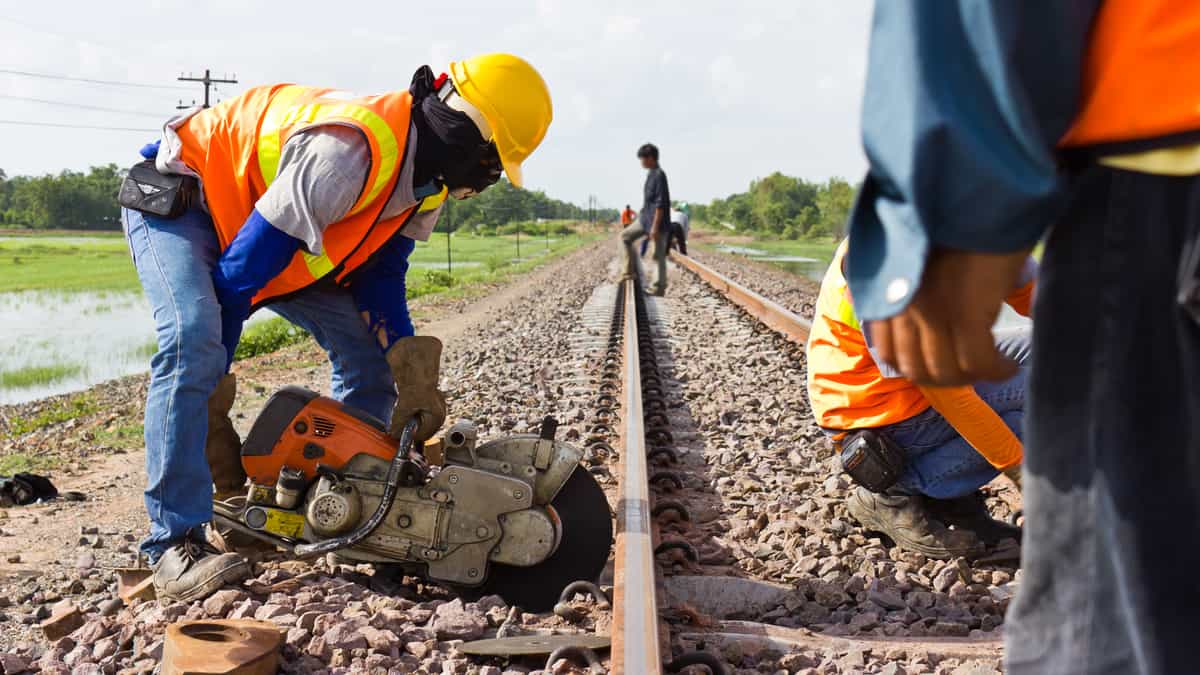The Class I railroads in February employed the fewest number of workers in years as U.S. rail traffic continued its drop from year-ago levels.
About 127,634 individuals worked for the U.S. operations of the Class I railroads in February, a 12.5% decrease from February 2019 but only a 0.53% drop from January, according to data submitted to the Surface Transportation Board.
Of that total, headcount among train and engine employees totaled 51,451 individuals, plunging 16.8% from February 2019 but slipping only 0.5% from January. The train and engine employee category is typically more sensitive to fluctuations in market demand for rail, with headcount levels known to coincide roughly with network capacity needs.
These totals are the lowest since January 2012, the earliest date that FreightWaves has available. Data from the Bureau of Labor Statistics also reflect the headcount downturn.
(EMPN.RAIL) over the last five years, using data from the Bureau of Labor Statistics. Source: SONAR
The decline in headcount levels comes as U.S. rail volumes continue their slump. In February, U.S. rail operations originated 927,084 carloads and 997,683 intermodal units, slumping 7.3% and 8.9%, respectively, according to the Association of American Railroads. Total rail traffic was down 8.1% to 1.9 million carloads and intermodal units.
Lower rail volumes and the railroads’ transition to precision scheduled railroading, an operating model that seeks to streamline operations, have contributed to declining rail headcount. A question in the months ahead is will rail volumes drop even further should the coronavirus put even more pressure on rail volumes.
The outbreak has shaken up Wall Street, with the federal government taking steps to stop – or slow down – the march towards an economic recession. A recession could dampen rail activity, which in turn could depress rail headcount even further. Meanwhile, the coronavirus pandemic and the economic distress caused by it has led to speculation that the broader U.S. unemployment level could rise to as much as 20%.
“America’s railroads are going to be essential in keeping the economy moving as the pandemic runs its course. There’s always the fear and concern that profitability is put over the greater good of both the country and of the employees who are working through this. As of right now, all transportation workers, not just freight, are both absolutely essential in the recovery from the COVID-19 pandemic and extremely vulnerable to the virus as well,” said Jeremy R. Ferguson, president of the Transportation Division for the Sheet Metal, Air, Rail and Transportation (SMART) labor association.
“The pandemic has been an enormous shock to the U.S. economy, and we are in a time of enormous uncertainty. It’s not out of the realm of possibility that this economic shock could persist,” Ferguson told FreightWaves.











